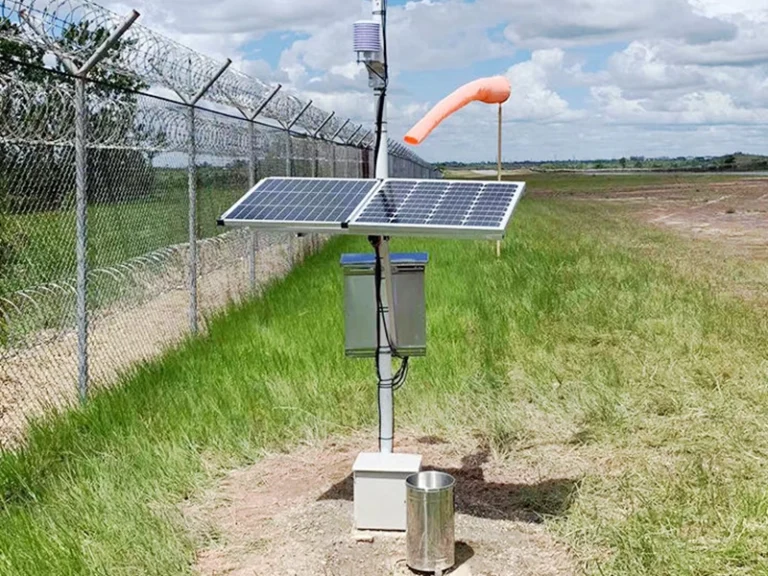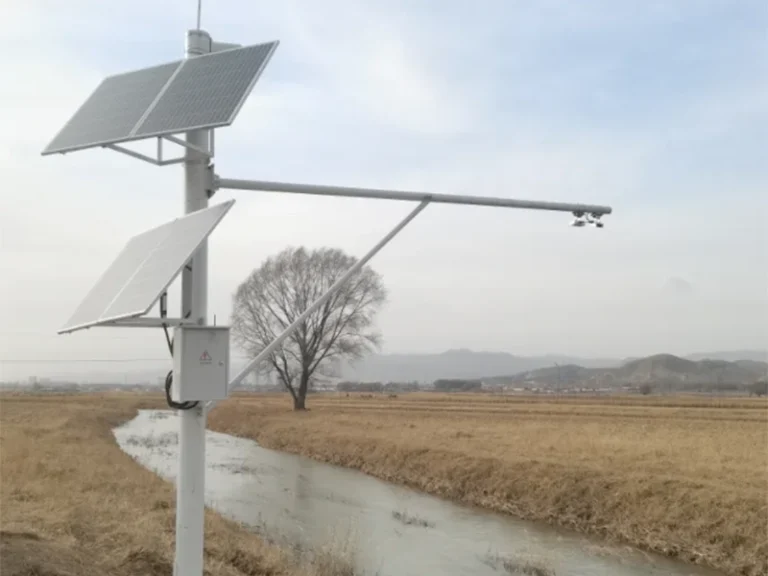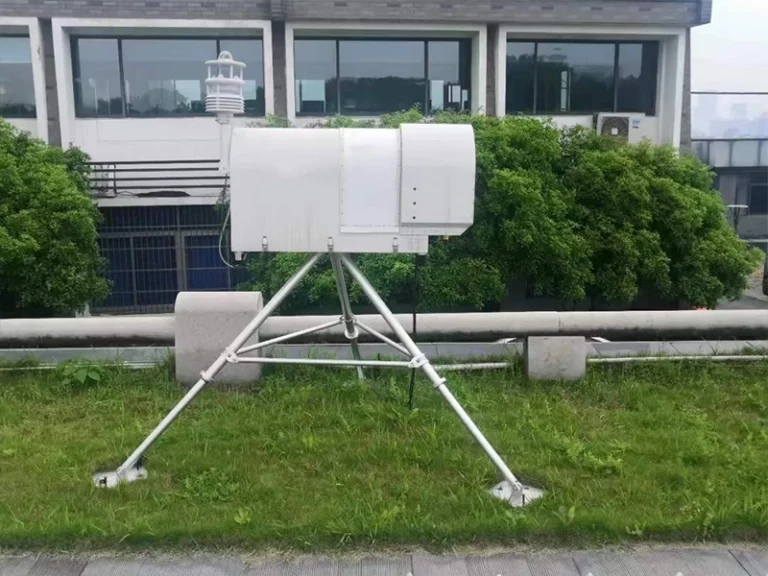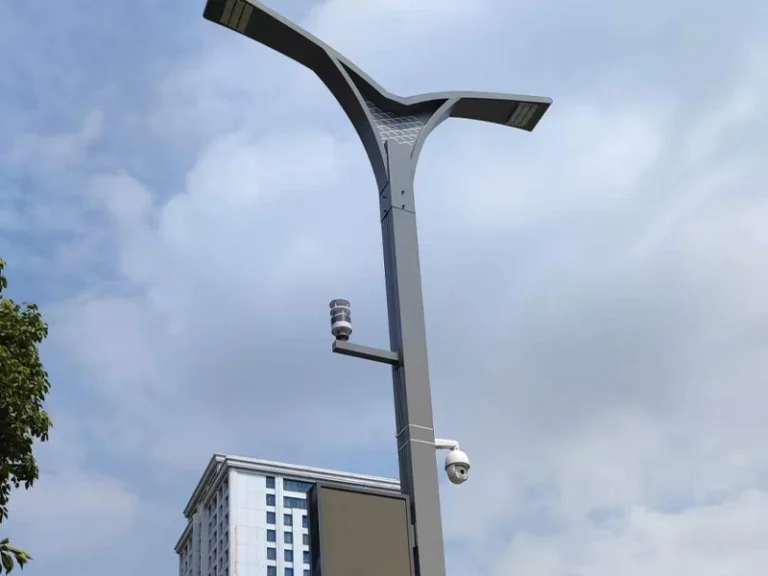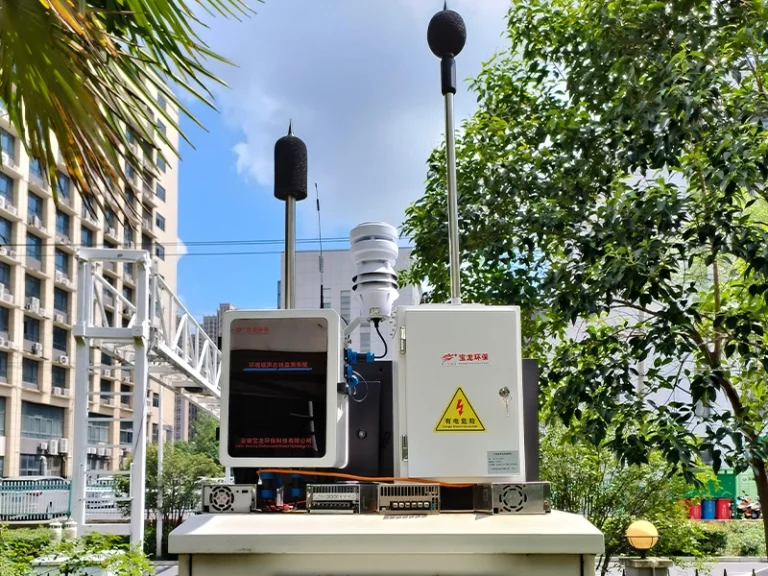An anemometer is a commonly used sensor for measuring wind speed, often paired with a wind direction sensor. In addition to wind direction sensors, other meteorological parameter sensors are also frequently used alongside anemometers.

Anemometers have a wide range of applications in various fields, such as meteorological observation and environmental monitoring.
This article will introduce the different scenarios in which an anemometer is used and its purposes in each:
What is an anemometer used for?-meteorological observation
Anemometers are mainly used in meteorological observation to measure wind speed and direction in real time, helping to predict weather changes. For example, weather stations can issue early warnings for typhoons, rainstorms, and other extreme weather conditions by continuously monitoring wind data, thus allowing the public to take precautionary measures. Common weather forecast terms such as “Level 3 wind” or “gusts up to Level 6” rely on accurate data from anemometers.
What is an anemometer used for?-environmental monitoring
In environmental monitoring, anemometers help track the dispersion path of air pollutants. Environmental protection departments analyze wind speed and direction to determine how far pollutants from factories or smog might spread, and then develop emission control policies or evacuation plans accordingly. For instance, during chemical plant leaks, wind speed data guides the direction of emergency response.
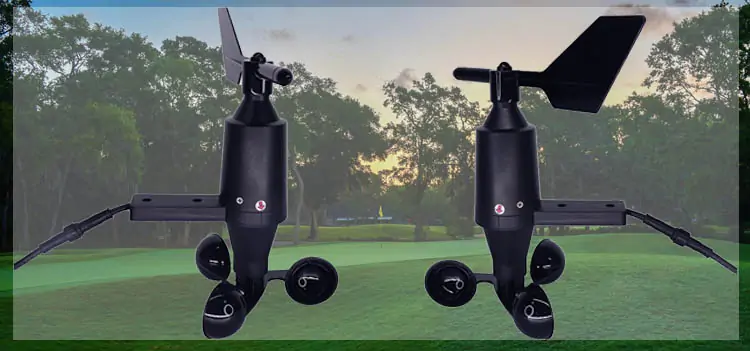
What is an anemometer used for?-aerospace and aviation
Aircraft takeoffs, landings, and flight safety rely heavily on anemometers. Airport control towers monitor wind shear (sudden changes in wind direction) and wind speed around runways in real time to determine whether a flight can safely take off or land. During flights, pilots also refer to high-altitude wind speeds to adjust routes and avoid strong air currents, which helps save fuel.
What is an anemometer used for?-the construction industry
High-altitude operations on construction sites (such as tower cranes or scaffolding work) must closely monitor wind speeds. If wind speed exceeds safety thresholds, it could cause materials to fall or equipment to become uncontrollable. For example, if an anemometer detects wind levels above Level 6, lifting operations will be suspended to ensure worker safety.
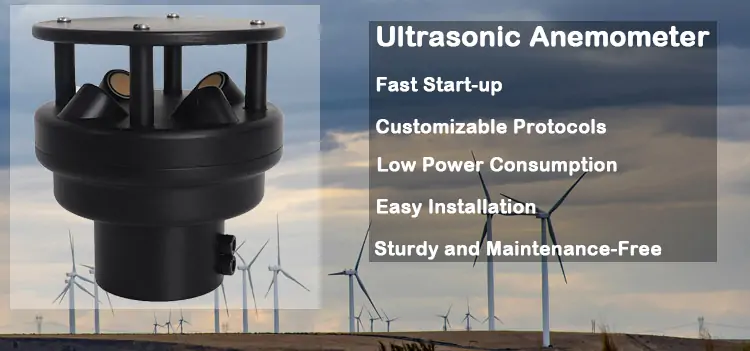
What is an anemometer used for?-agriculture/gardening
Farmers use anemometers to protect crops. Strong winds may topple fruit trees or affect the accuracy of drones spraying pesticides, so wind conditions are checked before sowing or spraying. Greenhouses also monitor wind speed to close ventilation openings in time and prevent structural damage.
What is an anemometer used for?-power engineering
Wind power plants rely on anemometers to adjust turbine speeds: when the wind is too weak, power generation is inefficient; when it’s too strong, turbines may need to shut down to avoid damage. Additionally, high-voltage transmission lines may sway and collide during high winds, so wind speed data helps identify potential hazards.
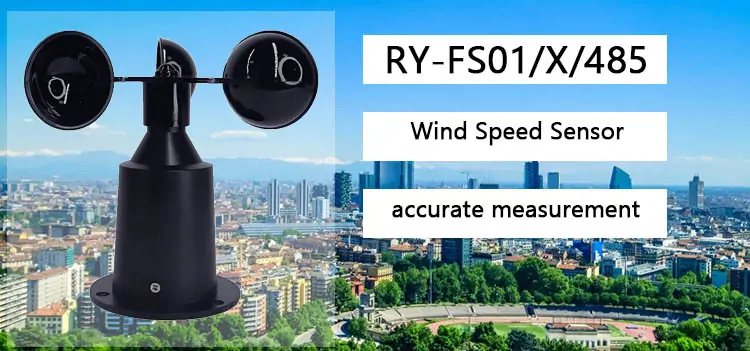
What is an anemometer used for?-port and shipping operations
Ports monitor wind speed to ensure safe loading and unloading. Cranes lifting containers can become unstable in strong winds, and vessels docking may drift due to crosswinds. For instance, when wind speeds exceed Level 8, port operations may be suspended, and ships may seek shelter in anchor zones.
What is an anemometer used for?-fire risk assessment
In forest or grassland fire prevention, anemometers help predict the speed and direction of fire spread. Firefighters can adjust firefighting strategies based on real-time wind data, prioritizing containment of the fire in the direction the wind is blowing. Urban high-rise fire drills also use wind speed data to simulate smoke dispersion paths.
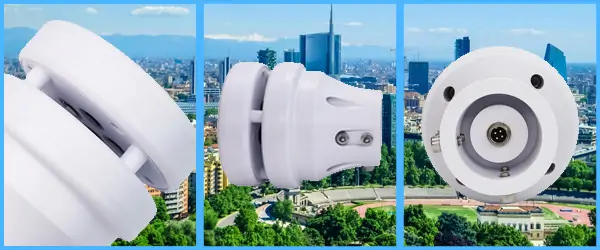
What is an anemometer used for?-sports activities
Many outdoor sports rely on anemometers to ensure fairness. For example, track and field rules state that “tailwinds exceeding 2 meters/second invalidate record-breaking performances.” Archery and shooting events require aim adjustments based on wind conditions. Skydiving and paragliding sports depend on precise wind data to ensure safety.
That concludes the introduction to the uses of anemometers. Have you encountered an anemometer in any of these scenarios? If you’re in need of one, feel free to contact us! Whether it’s a combination of an anemometer and wind vane (wind speed and direction sensor), or a multi-parameter weather station combining several meteorological sensors, we’ve got you covered!

